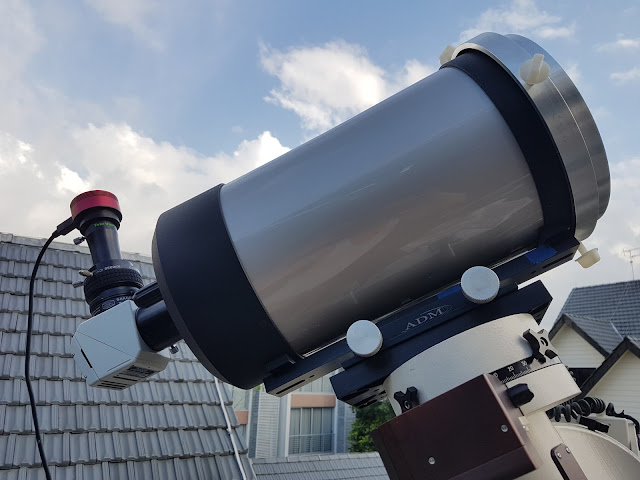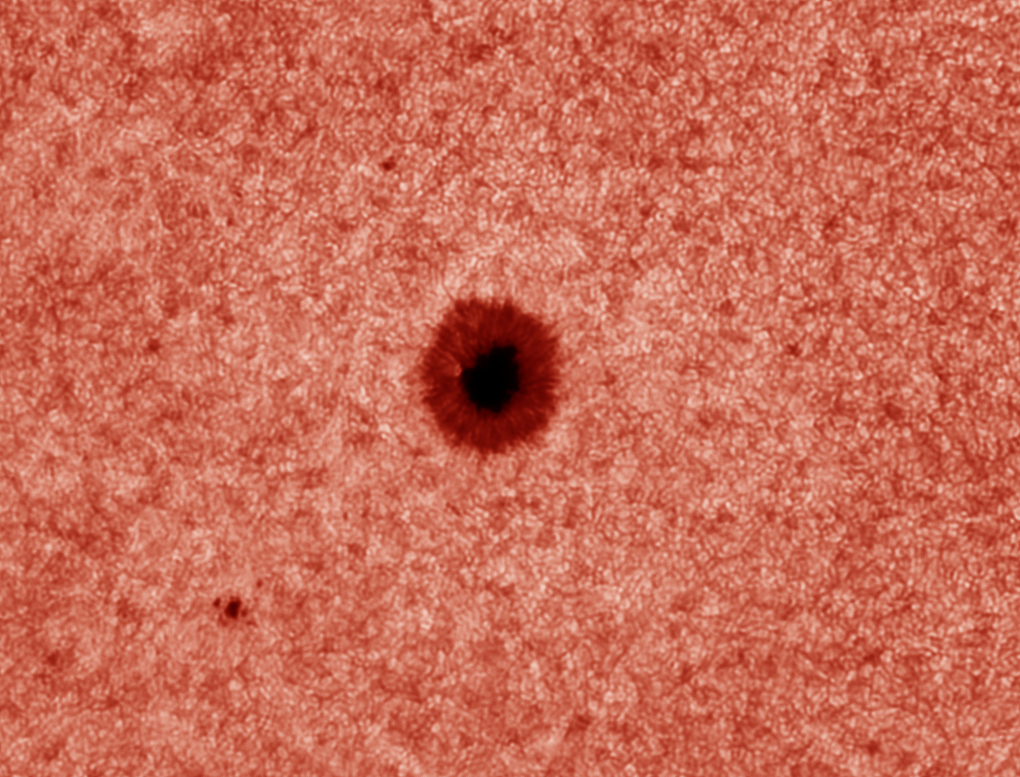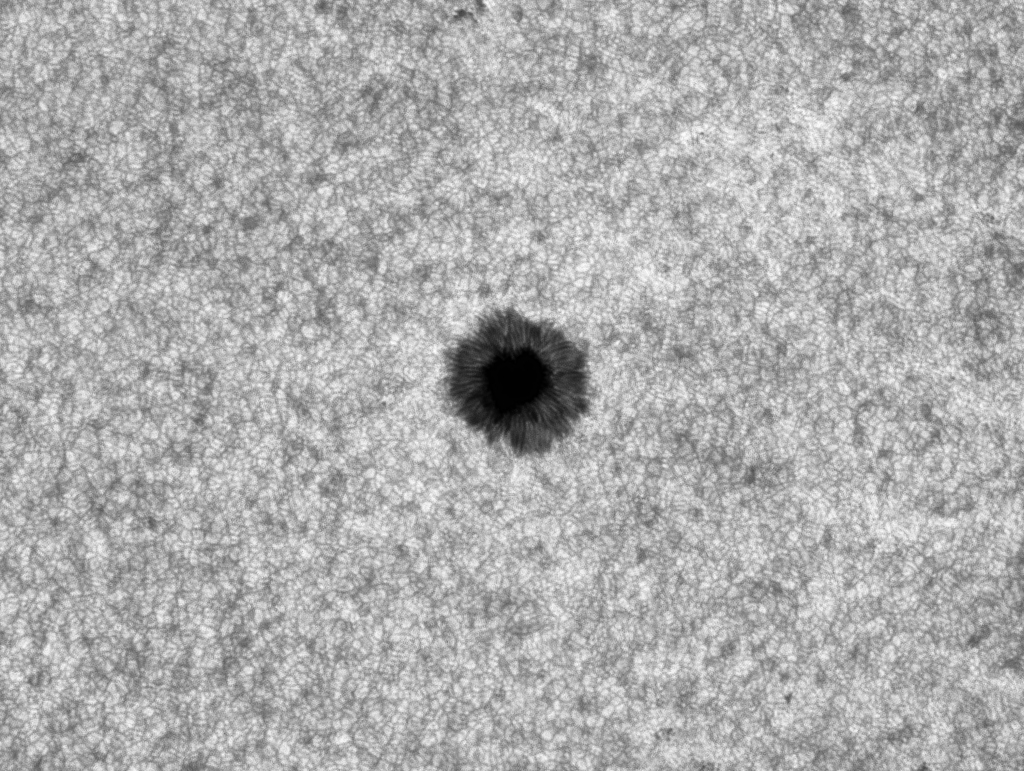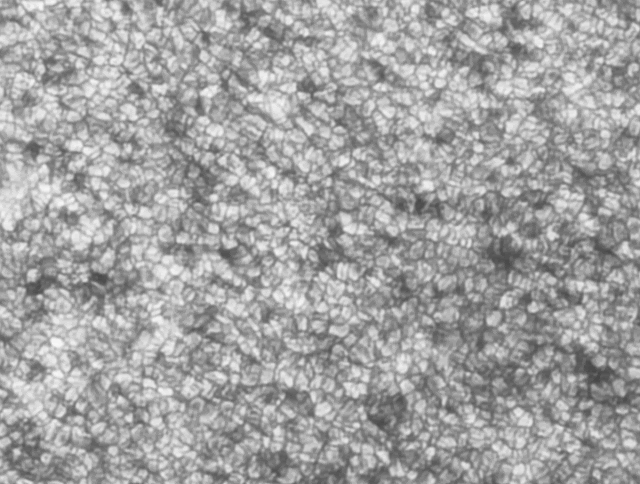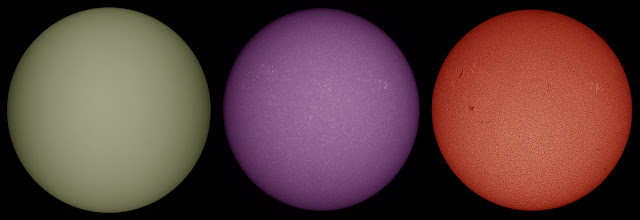Hi Mr Chia,
Thanks for your kind words. Here is my response to your questions/comments:
a.
Did you use com. software to achieve the result? Yes, I make use of AS!2 for alignment & stacking and IMPPG for deconvolution and sharpening.
b.
I find that largest aperture for continuous observations is around 100mm.Anything larger also gather too much atmospheric turbulence in the form of wavy images and made image worse off. Yes, I have arrived at the same conclusion too. However, I seldom do visual observation. Most of my work is concentrated on imaging. I have gotten around this limitation with the use of an appropriate energy rejection filter (ERF) to block out most of the IR energy and prevent the build up of tube current. Then there is the atmosphere turbulence pick up by high image-scale recording. For this I use very low exposure setting (less than 0.5msec) to freeze the image. With these 2 combined techniques I have gotten around the 150mm aperture limitation. Presently I have 2 ERFs, one for 150mm refractor and another one for C8 SCT. Both have worked beautifully to produce high definition zoom-in images. At present I am working on adapting a PST etalon (Stage 2 Mod) to work with the C8 ERF on a C8 for HD H-Alpha imaging. I will be going for C14 next.
Here are some images taken with my Celestron 150mm XLT refractor fitted with a front-end ERF:
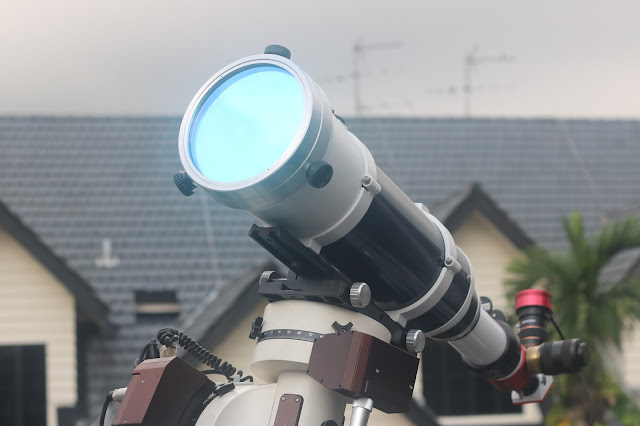
Celestron 150mm XLT refractor fitted with an ERF
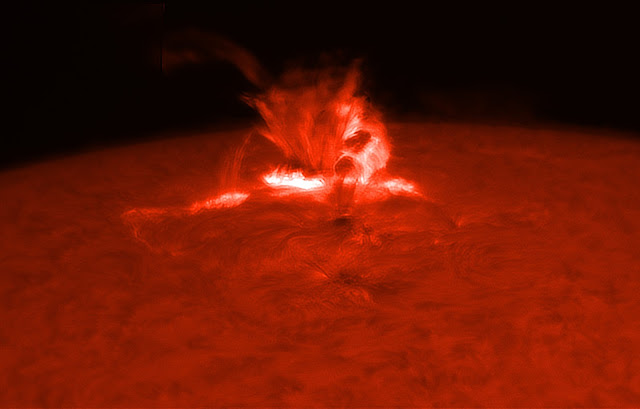
The strongest flare in 2016 taken on 23Jul16
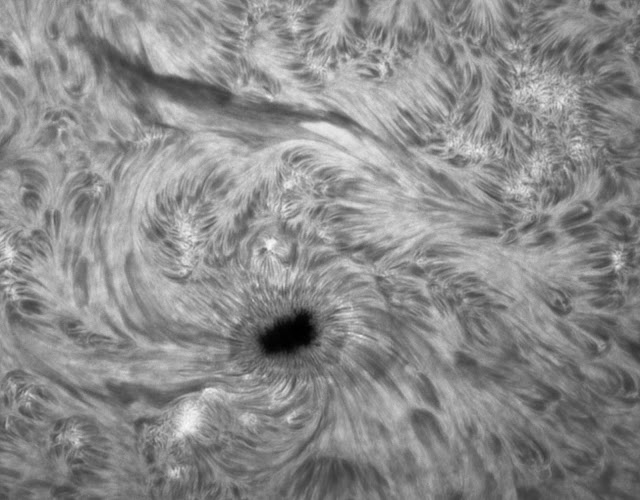
Zoom-in on a sunspot and filament (eye and brow) on 16 June 16
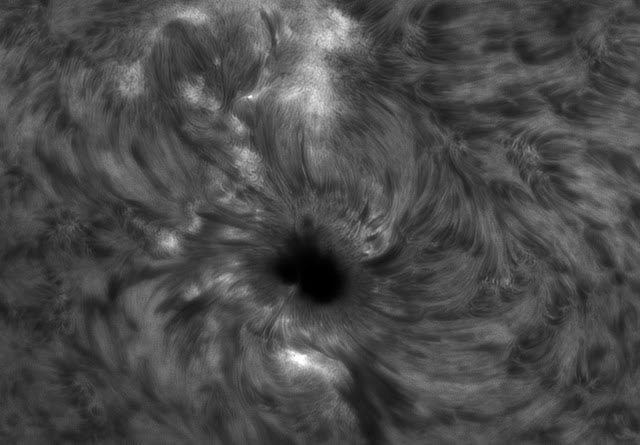
Heart-shaped sunspot imaged on 16Apr16
